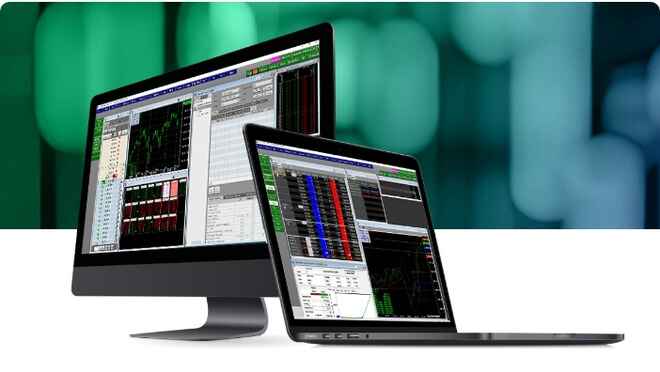What is a Gann Chart
Gann analysis has been used by traders for decades. It is a popular, intricate method for analyzing the direction of a commodity or stock. The basic construction of Gann angles remains the same while some recent changes have become necessary to adjust a few key components in pricing levels and volatility. Gann angles measure pattern, price and time frame. One of the controversies of Gann theory is that the past, present and future all exist at the same time on a Gann angle. So, when analyzing the course of a particular market, a trader tries to understand where the market has been, where it is in relation to a former top or bottom and where it might be going in the future.
How to Use Gann Chart Analysis
W.D. Gann’s techniques can be drawn on a chart manually or applied through a computerized technical analysis package found on many computers. Gann angles are often compared to trend lines, but in reality, they are not the same thing. A Gann angle is a diagonal line which moves at a uniform rate of speed. A trend line is created by connecting bottoms to bottoms to form an uptrend, and tops to tops to form a downtrend. Once a trader constructs a correct Gann angle, he can usually forecast where the price of a commodity or stock will be on a particular date in the future. This helps the trader estimate the strength and direction of the trend. In comparison, trend lines can be more unreliable in making long-term forecasts. Gann angles can be used to forecast support, resistance, strength of direction and timing of tops and bottoms.


